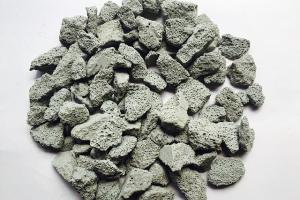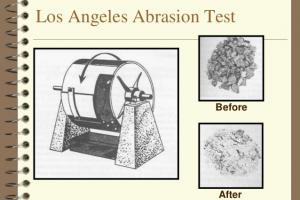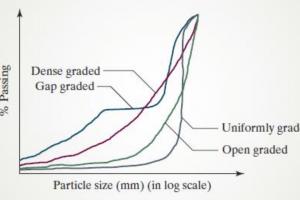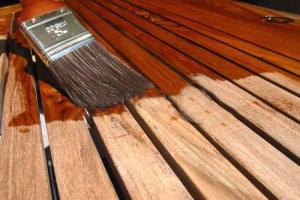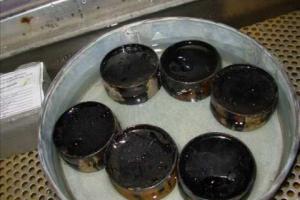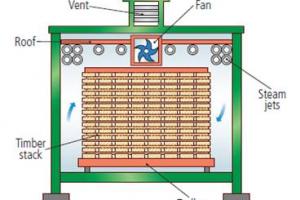Chemical and Physical Composition of Bitumen
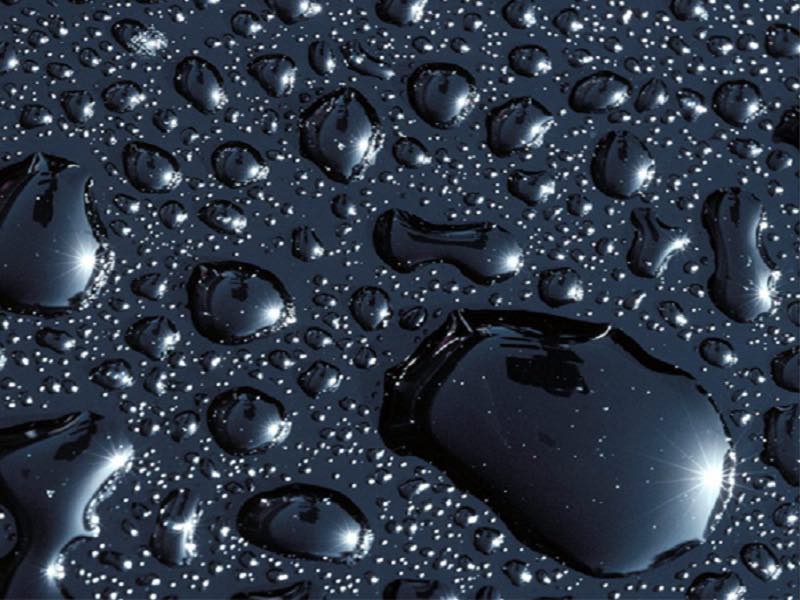
Composition of Bitumen
Materials in bituminous family are:
1) Tar:
Coal tar is a brown or dark black liquid of high viscosity, which smells of naphthalene and aromatic hydrocarbons. Being flammable, coal tar is sometime used for heating or to fire boilers. It can be used in coal tar soap, and is used in medicated shampoo to kill and repel head lice, and as a treatment for dandruff.
Depending upon its source of origin, TAR is classified as:
2) Coal Tar:
It is the liquid by-product of the distillation of coal to make coke. The gaseous by-product of this process is commonly known as town gas. It is used for coating of wooden poles and sleepers, iron poles.
3) Wood Tar:
See also: Construction Wood Properties
It is obtained by the distillation of resinous wood. Wood tar contains creosote and as such has strong preservative properties. Search for "resin" in the above search box.
4) Mineral Tar:
It is obtained by the distillation of bituminous shale.
5) Coal Tar Pitch:
It is the residue of the direct distillation of crude tar produced by the high temperature carbonization of coal. It is used as a water proofing compound in masonry, steel and timber structure. It is also used for water proofing concrete structures.
Chemical Composition of Bitumen:
Molecular weight wise, bitumen is a mixture of about 300 - 2000 chemical components, with an average of around 500 - 700. Elementally, it is around 95% carbon and hydrogen (± 87% carbon and ± 8% hydrogen), and up to 5% sulfur, 1% nitrogen, 1% oxygen and 2000ppm metals. Bitumens are composed mainly of highly condensed polycyclic aromatic hydrocarbons. They also contain several elements, a number of which are toxic.
Chemical Components in bitumen are:
- Asphaltenes
- Resinous components (polar aromatics)
- Non-polar aromatics (naphtene aromatics) and
- Saturates



